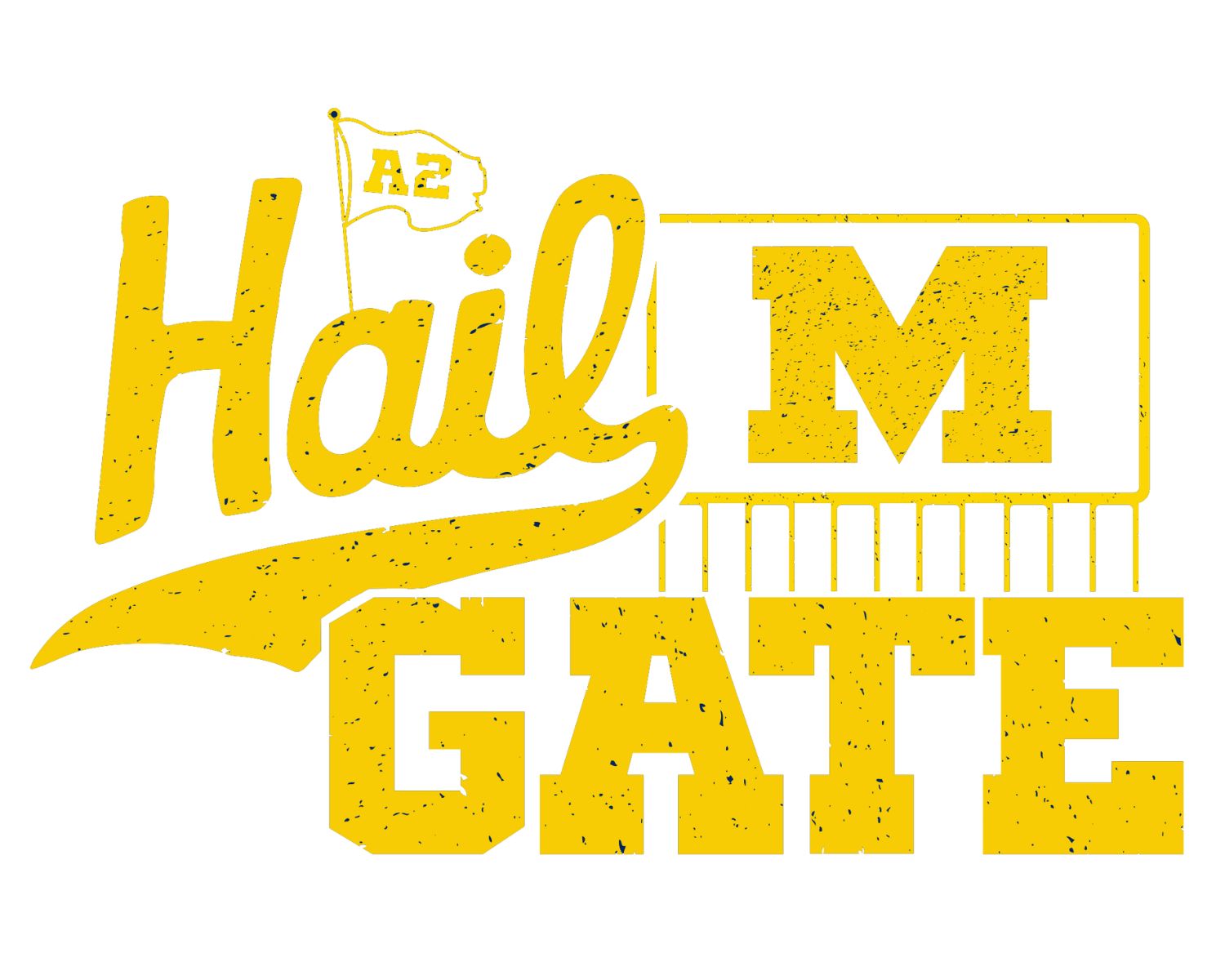
What is Hailgate? Hailgate is a term used to describe severe weather events that involve hail, tornadoes, and other extreme conditions. These events can cause significant damage to property, agriculture, and even pose risks to human health. Understanding hailgate is crucial for preparing and responding effectively to these intense weather phenomena. From the formation of hailstones to the role of supercells and tornadoes, hailgate encompasses a wide range of meteorological factors. This article will explore 20 key facts about hailgate, shedding light on its causes, effects, and the science behind these powerful storms.
What is Hailgate?
Hailgate is a term often used to describe severe weather events involving hail, tornadoes, and other extreme conditions. Though not an official meteorological term, it captures the intensity and impact of these weather phenomena.
- Definition of Hailgate: Hailgate refers to a period of severe weather marked by hail, often accompanied by tornadoes, thunderstorms, and strong winds. It’s a term used to describe intense weather that can cause significant damage.
How Does Hail Form?
Understanding how hail forms helps explain why these events can be so destructive. The process involves specific atmospheric conditions.
-
Formation of Hail: Hail forms when updrafts in thunderstorms carry water droplets into freezing levels of the atmosphere. These droplets freeze and grow larger as they move up and down through the storm, accumulating layers of ice.
-
Types of Hail: Hail varies in size and shape, from pea-sized to baseball-sized. The size and intensity of hailstones determine the level of damage they can cause.
The Role of Tornadoes in Hailgate
Tornadoes often accompany hailgate events, adding another layer of danger and destruction.
-
Tornadoes and Hailgate: Tornadoes form when warm, moist air near the surface meets cooler air above, creating a rotating updraft called a mesocyclone. This rotating column can touch the ground, becoming a tornado.
-
Enhanced Fujita Scale: The Enhanced Fujita Scale (EF Scale) measures tornado severity based on damage. It ranges from EF0 (light damage) to EF5 (incredible damage), with wind speeds from 65 to over 200 mph.
Where Do Hailgate Events Occur?
Hailgate events can happen globally, but some regions are more prone to these severe weather conditions.
-
Global Distribution of Hailgate Events: Hailgate events are most common in Tornado Alley in the U.S., including Texas, Oklahoma, Kansas, Missouri, Iowa, Nebraska, and South Dakota. Other regions include parts of Canada, Europe, and Australia.
-
Seasonality of Hailgate Events: These events are most frequent during spring and summer when warm, moist air from the Gulf of Mexico meets cooler air from Canada, creating ideal conditions for thunderstorms and tornadoes.
Thunderstorms and Supercells
Thunderstorms and supercells are key drivers of hailgate events, producing the conditions necessary for severe weather.
-
Thunderstorms and Hailgate: Thunderstorms form when warm air rises rapidly, creating cumulonimbus clouds that produce heavy rain, hail, lightning, and strong winds. Updrafts in these storms can carry water droplets into freezing levels, forming hail.
-
Supercells and Hailgate: Supercells are a type of thunderstorm with a rotating updraft called a mesocyclone. These highly unstable storms can produce large hail and tornadoes, contributing to hailgate events.
Predicting Hailgate Events
Modern technology plays a crucial role in predicting and preparing for hailgate events.
- Weather Radar and Hailgate Prediction: Doppler radar detects mesocyclone rotation, indicating potential tornadoes, while other radar systems track thunderstorm movement and intensity. This helps meteorologists issue timely warnings.
Impact on Agriculture and Economy
Hailgate events can have devastating effects on agriculture and the economy.
-
Impact on Agriculture: Large hailstones can damage crops, reducing yields and causing economic losses for farmers. Severe hail can destroy entire fields, leading to significant financial hardship.
-
Economic Impact: Damage to property, including homes and businesses, can be substantial. Loss of agricultural productivity can lead to food shortages and economic instability, disrupting local economies.
Human Health Risks
Severe weather events pose risks to human health, both directly and indirectly.
- Human Health Risks: Strong winds and hail can cause injuries, and the stress of severe weather can worsen pre-existing medical conditions. Staying informed and prepared is crucial for safety.
Historical Significance and Research
Hailgate events have been significant throughout history and remain a focus of meteorological research.
-
Historical Significance: Notable hailgate events, like the 2013 Midwest tornadoes, highlight the importance of severe weather preparedness and emergency response planning.
-
Meteorological Research: Scientists study atmospheric conditions leading to hailgate events, improving forecasting models and warning systems to save lives and reduce damage.
Public Awareness and Technological Advancements
Raising public awareness and leveraging technology are key to mitigating the impacts of hailgate events.
-
Public Awareness and Preparedness: Educational campaigns and emergency plans help individuals and communities prepare for severe weather, including having emergency supplies and knowing evacuation routes.
-
Technological Advancements: Advanced weather radar, satellite imaging, and computer modeling improve forecasting accuracy, enabling timely warnings to the public.
International Cooperation and Climate Change
Global collaboration and understanding the role of climate change are essential for addressing hailgate events.
-
International Cooperation: Meteorological organizations worldwide share data and research to improve global weather forecasting, developing more effective warning systems and emergency response plans.
-
Climate Change and Hailgate Events: Climate change may increase the frequency and severity of hailgate events. Rising temperatures can lead to more intense thunderstorms, increasing the likelihood of severe weather.
Future Research Directions
Ongoing research aims to better predict and understand hailgate events, improving public safety.
- Future Research Directions: Future studies will explore climate change's role in severe weather and develop advanced modeling techniques to predict supercells and other severe systems more accurately.
The Impact and Future of Hailgate
Hailgate events are no joke. They bring severe weather conditions that can wreak havoc on homes, farms, and even entire communities. Understanding the science behind hail, tornadoes, and thunderstorms helps us prepare better. With advancements in weather radar and forecasting technology, predicting these events has become more accurate, giving people more time to take necessary precautions.
Public awareness and preparedness play a huge role in minimizing damage. Simple steps like having emergency supplies and knowing evacuation routes can make a big difference. As climate change continues to influence weather patterns, the frequency and intensity of hailgate events might increase. Ongoing research and international cooperation are crucial for developing better strategies to deal with these extreme weather events. By staying informed and prepared, we can reduce the risks and protect our communities.
Was this page helpful?
Our commitment to delivering trustworthy and engaging content is at the heart of what we do. Each fact on our site is contributed by real users like you, bringing a wealth of diverse insights and information. To ensure the highest standards of accuracy and reliability, our dedicated editors meticulously review each submission. This process guarantees that the facts we share are not only fascinating but also credible. Trust in our commitment to quality and authenticity as you explore and learn with us.


